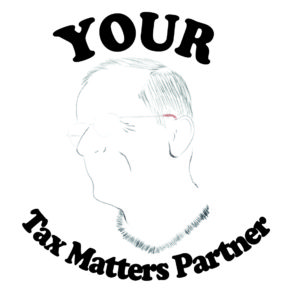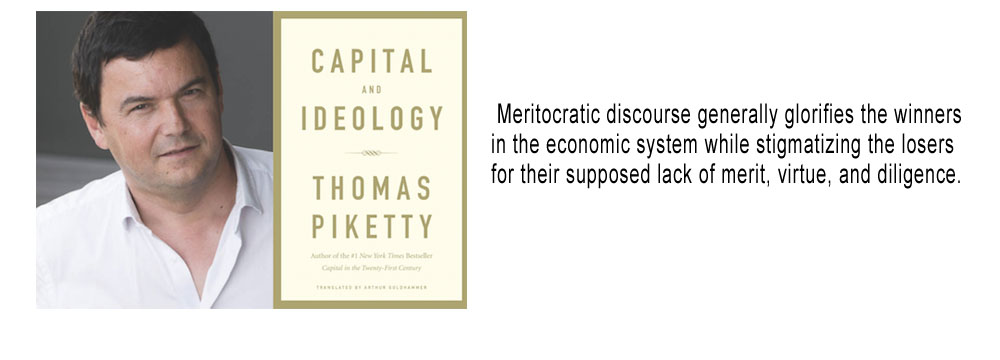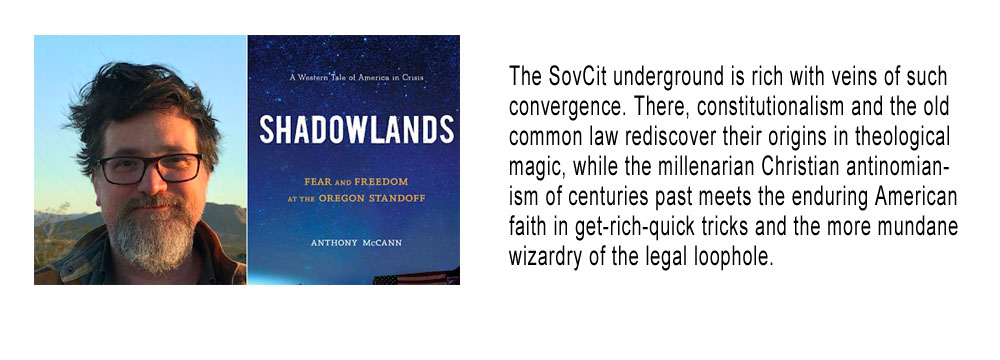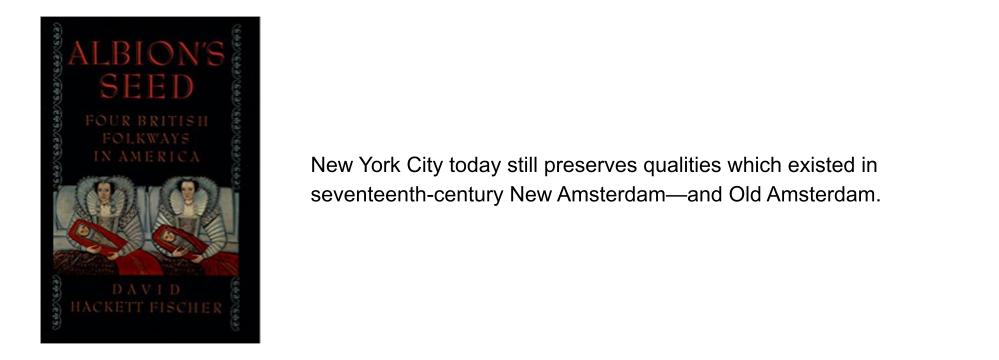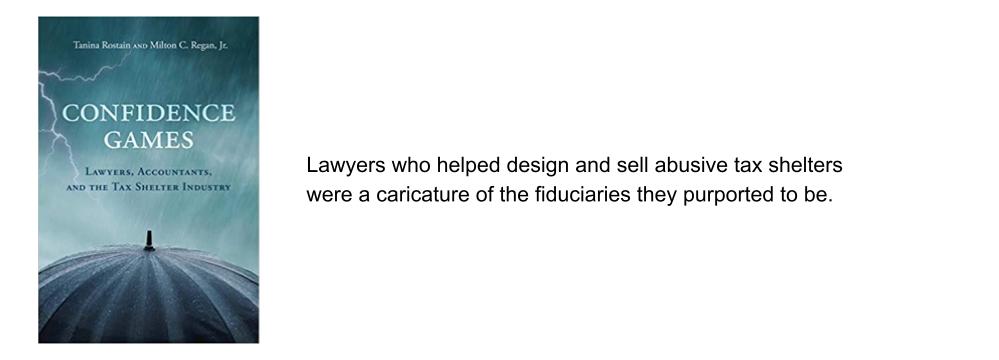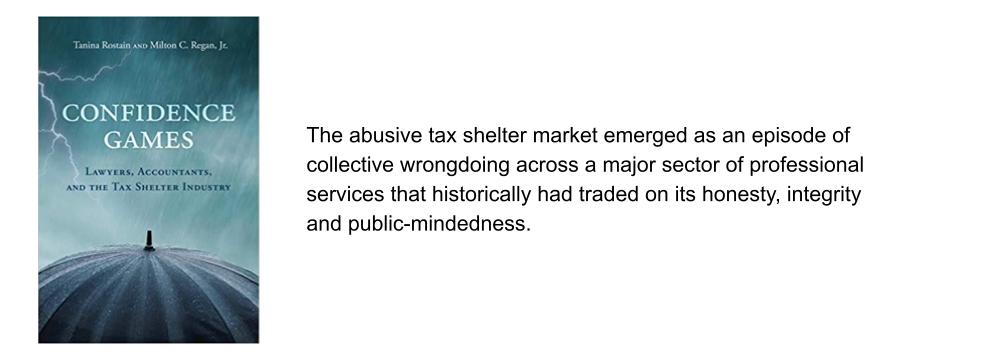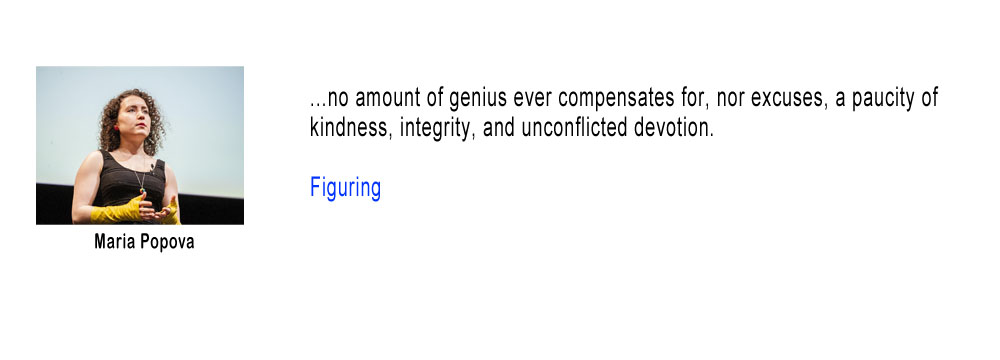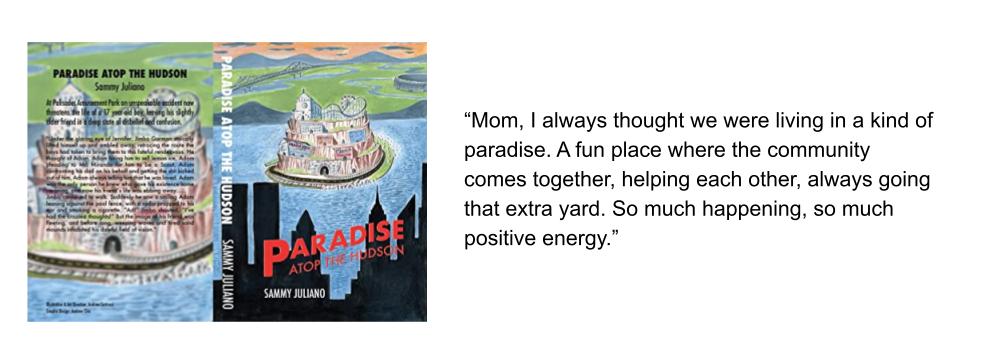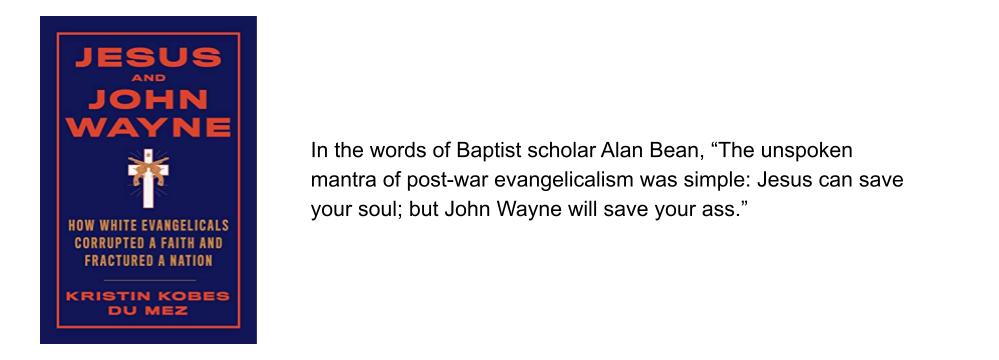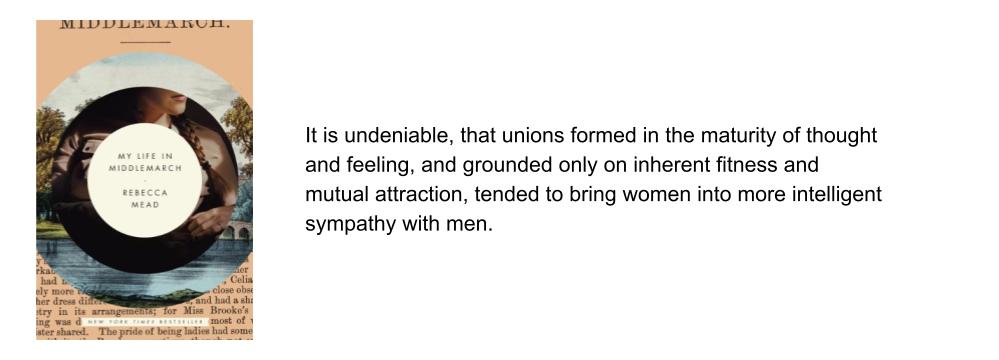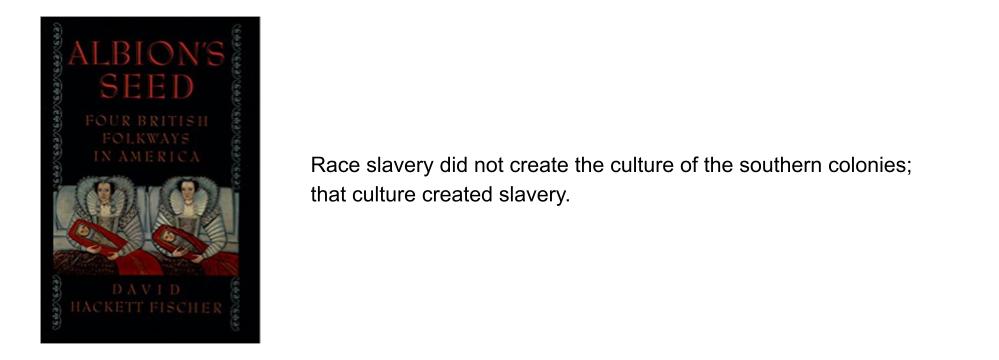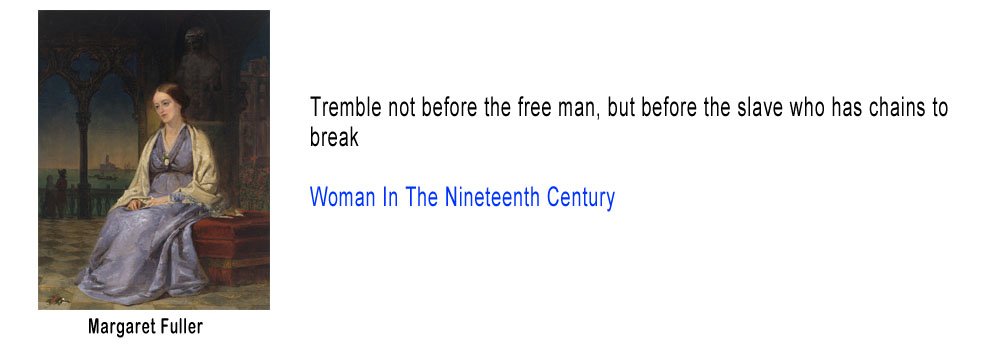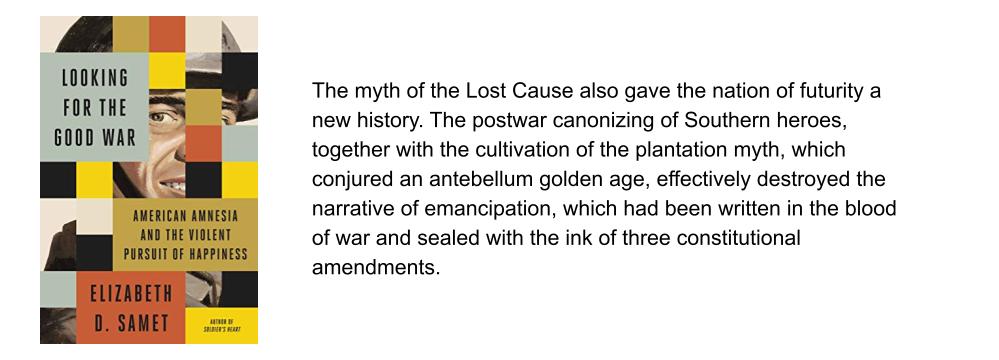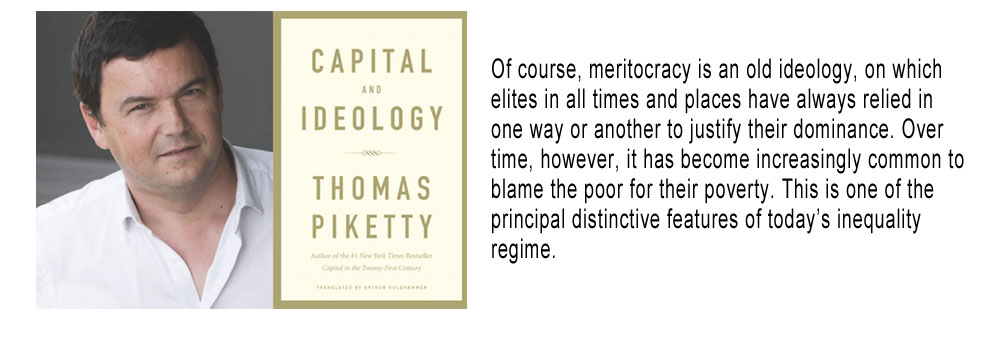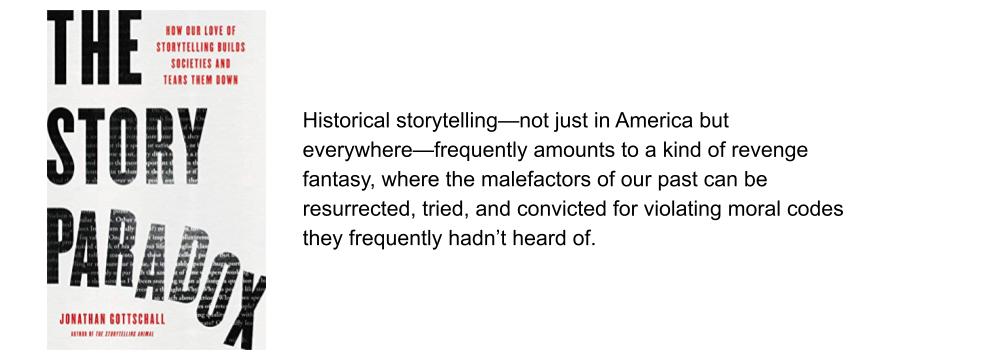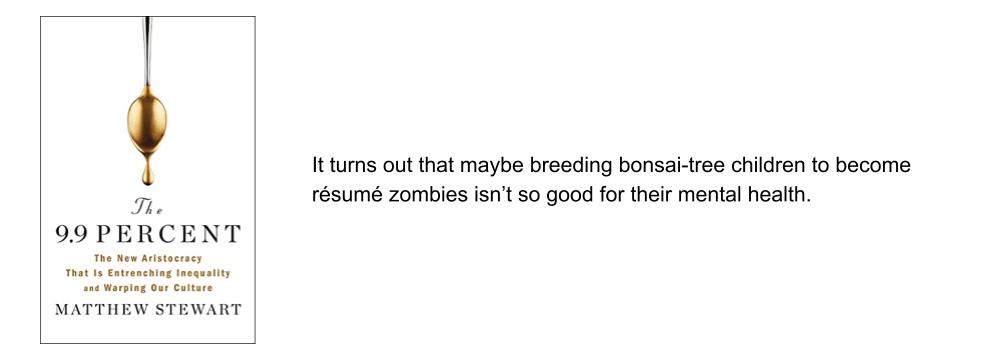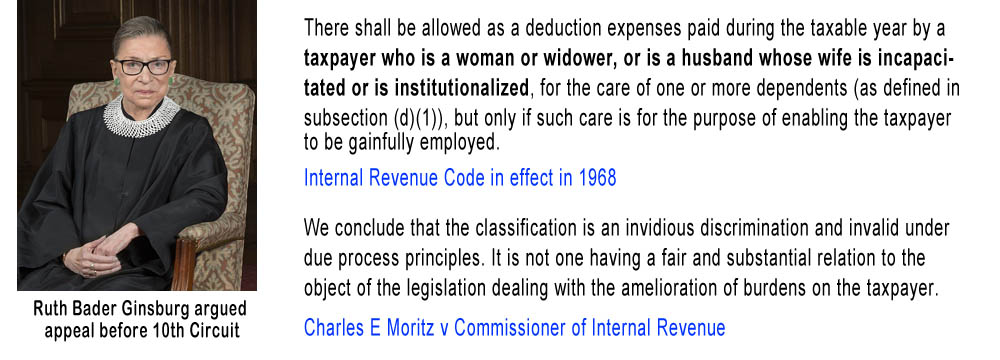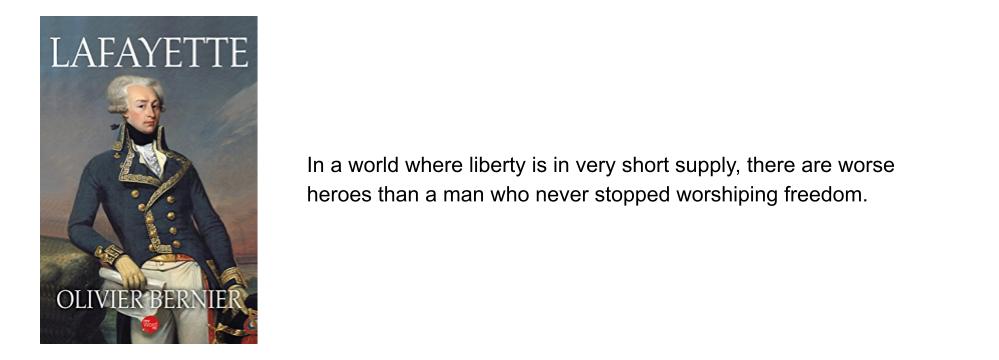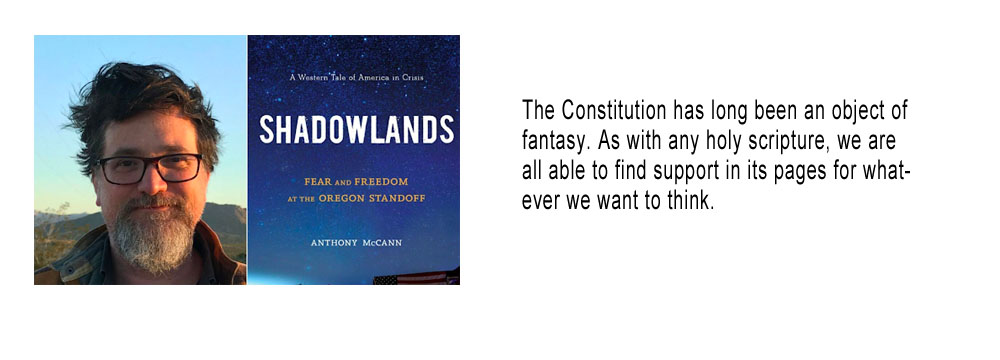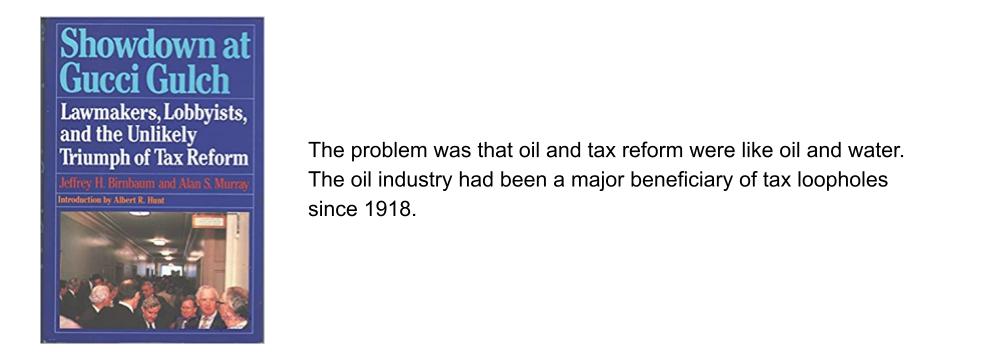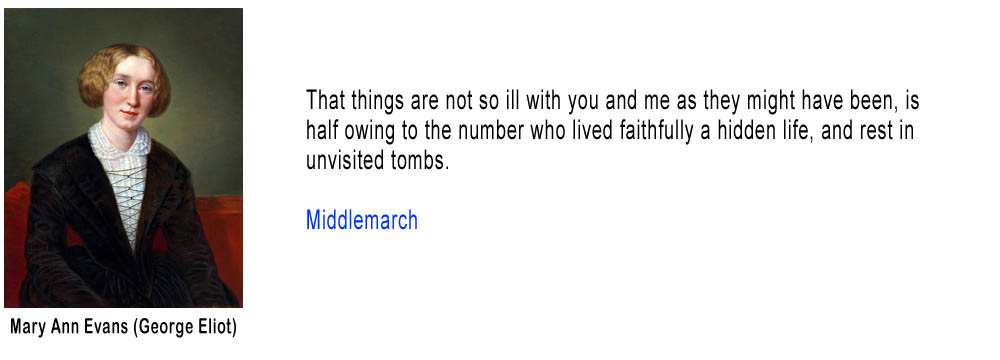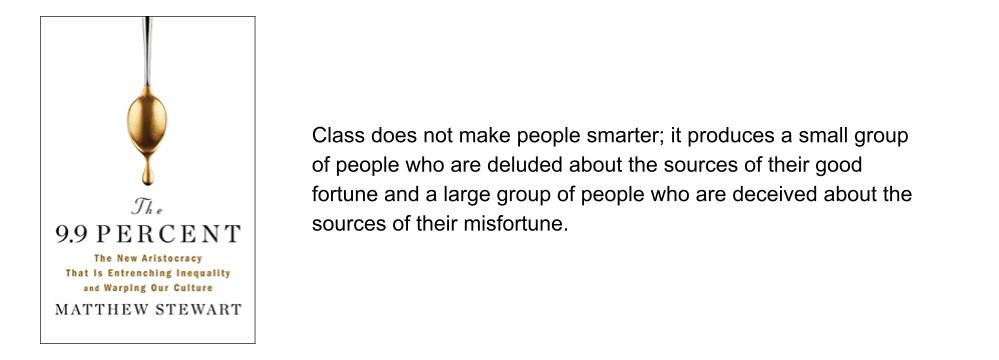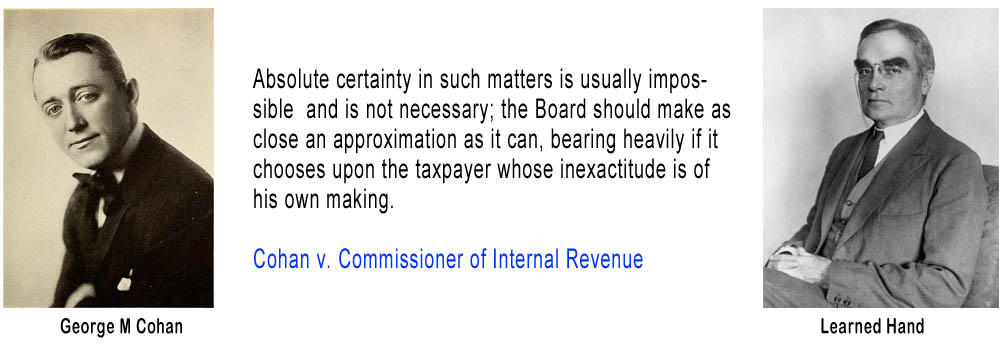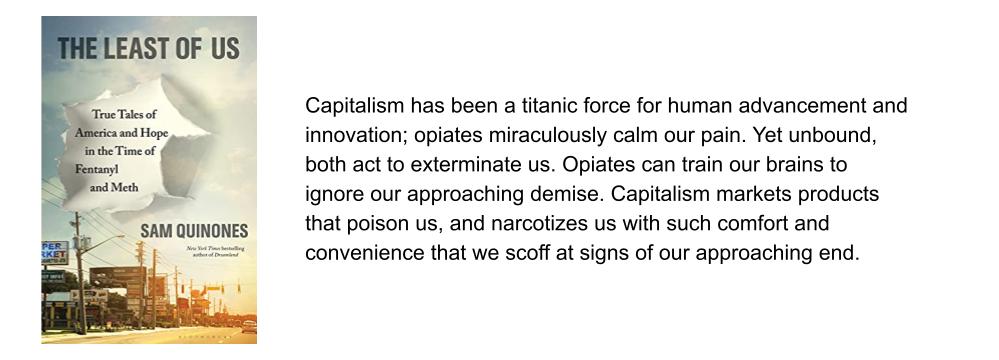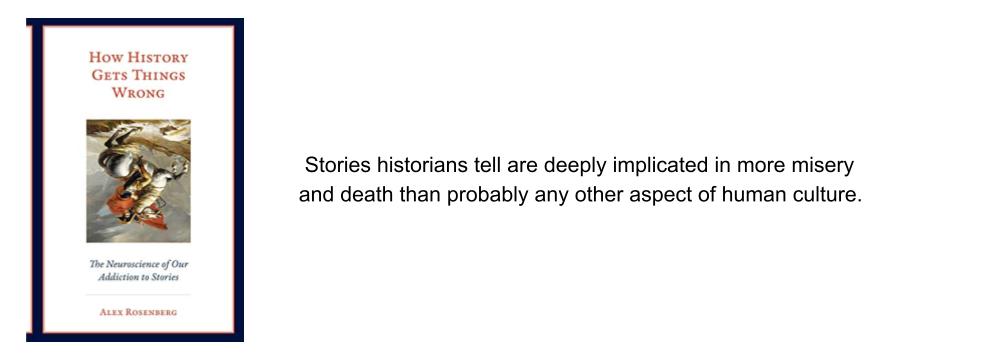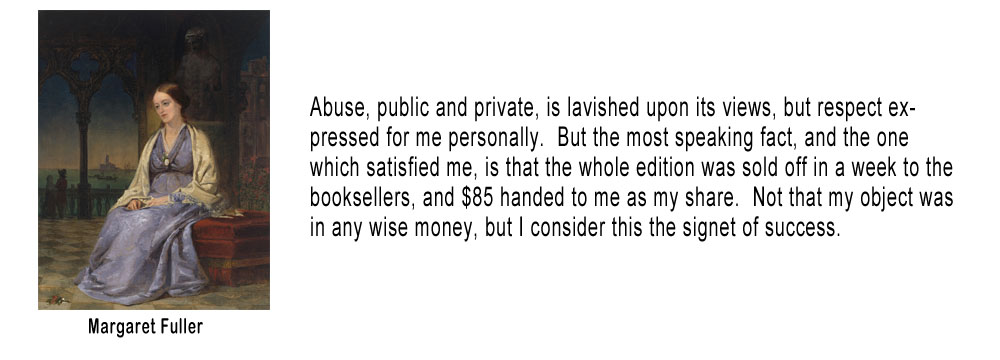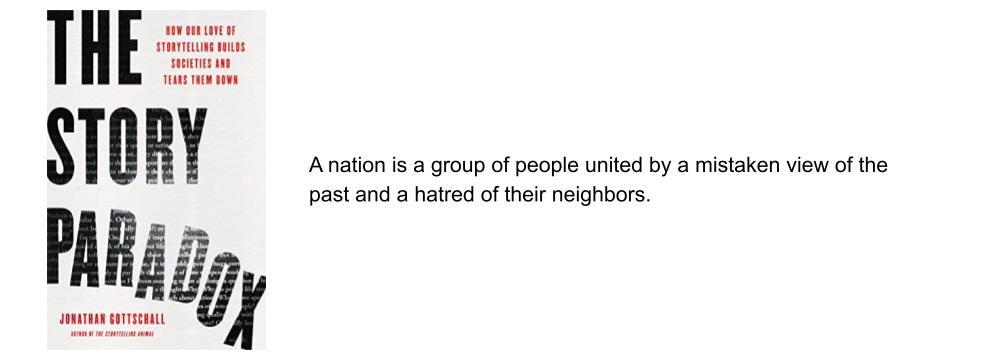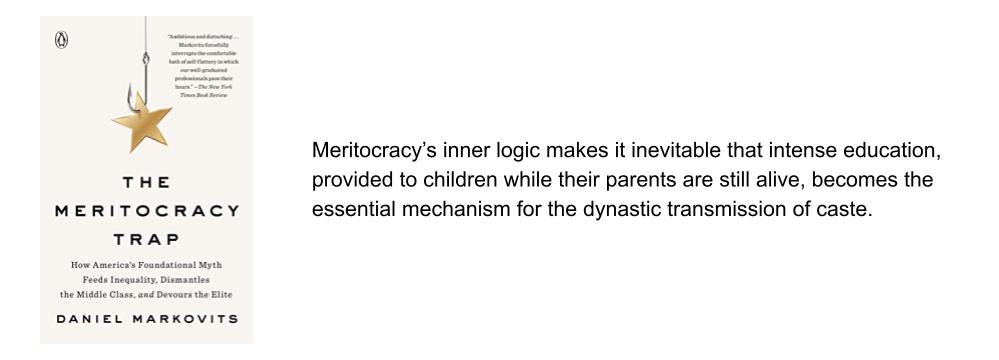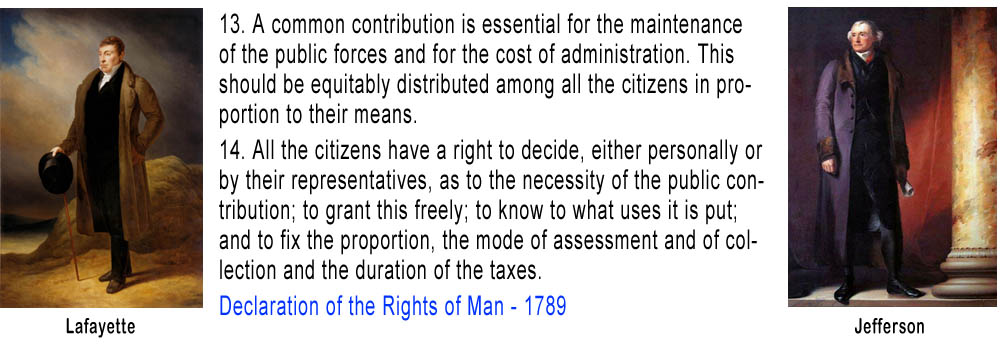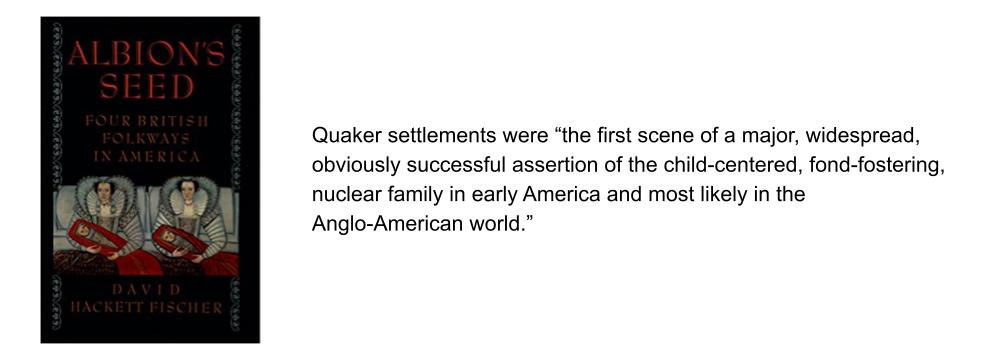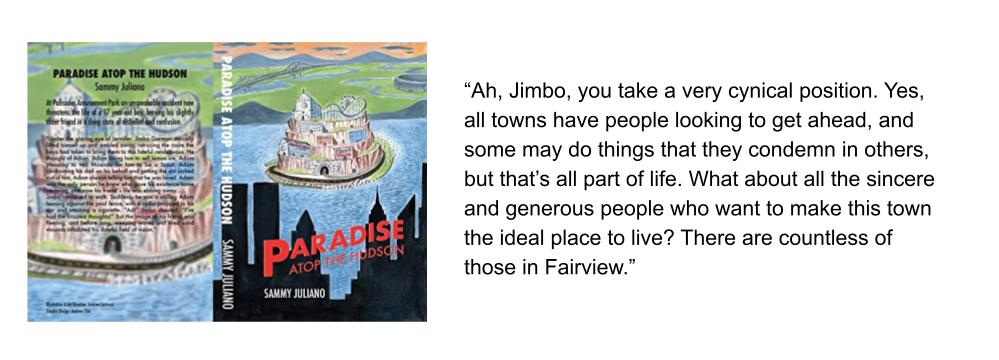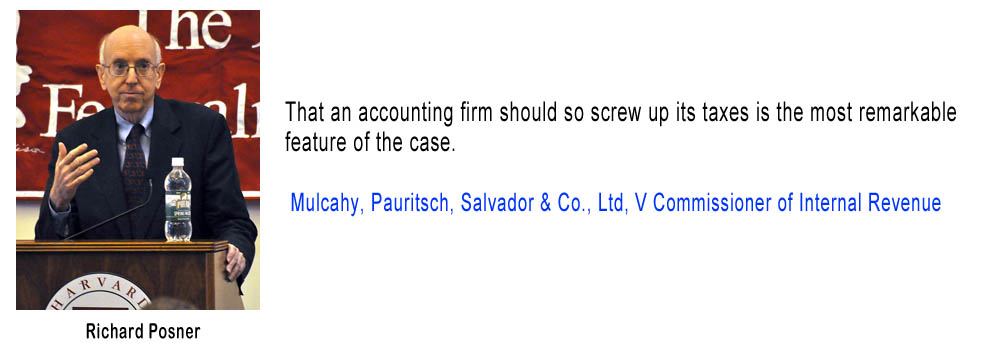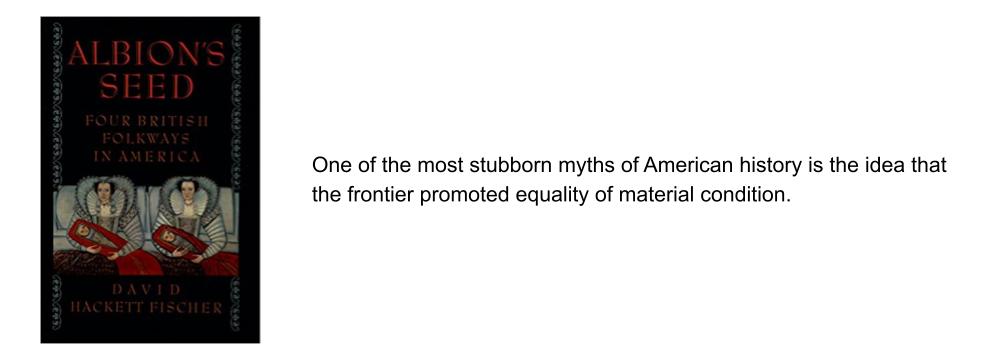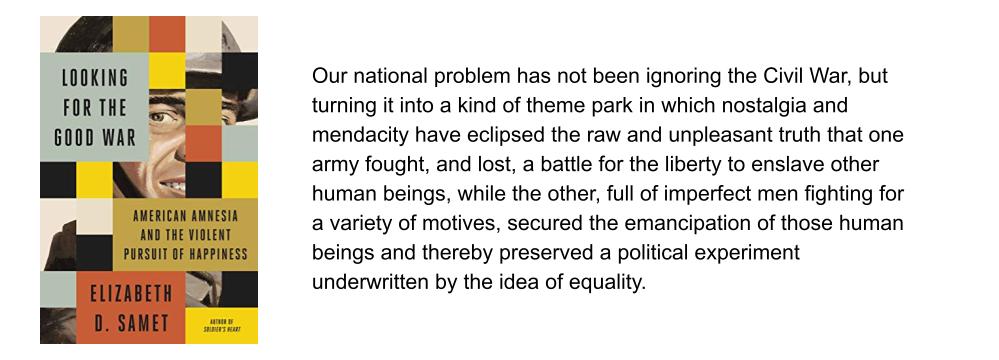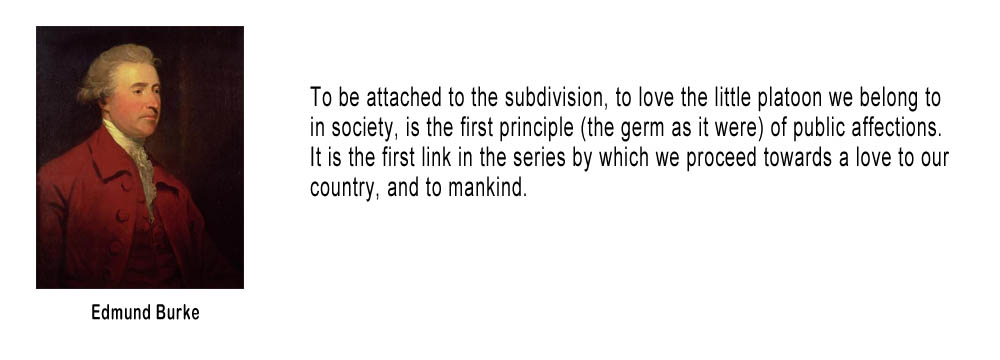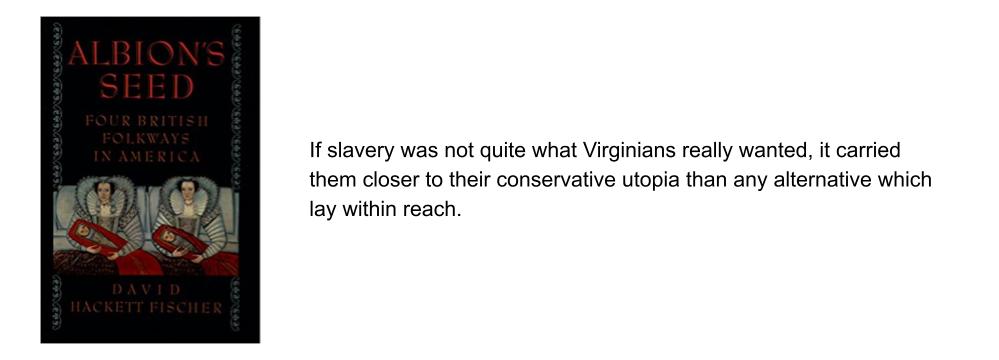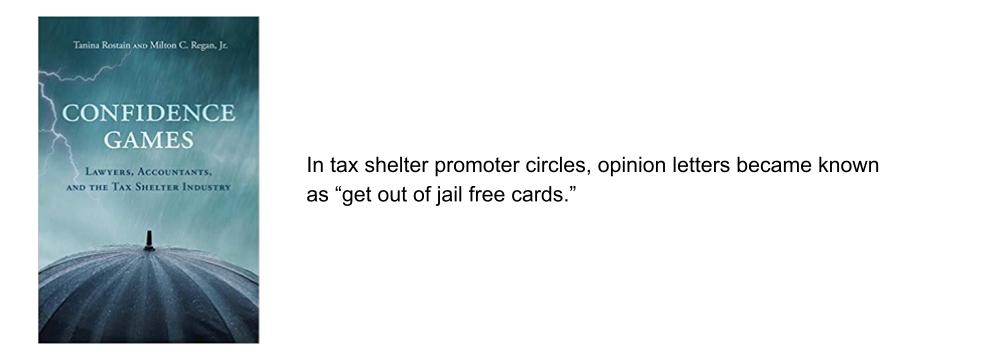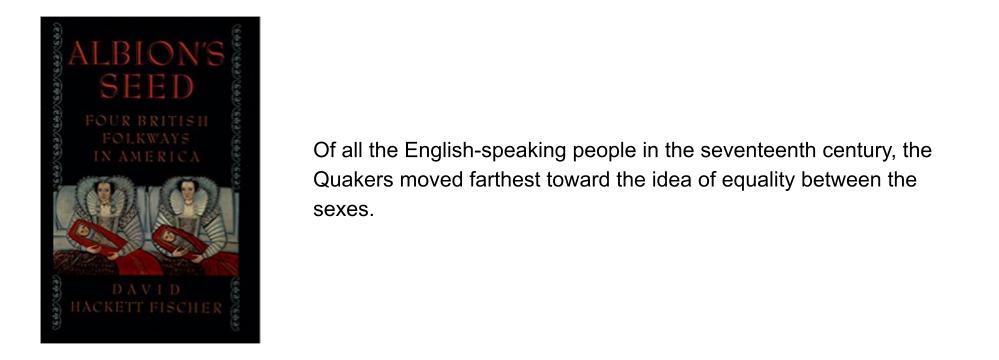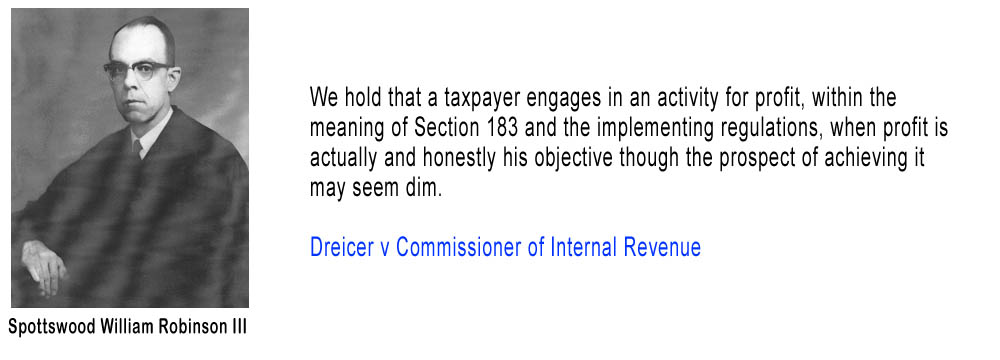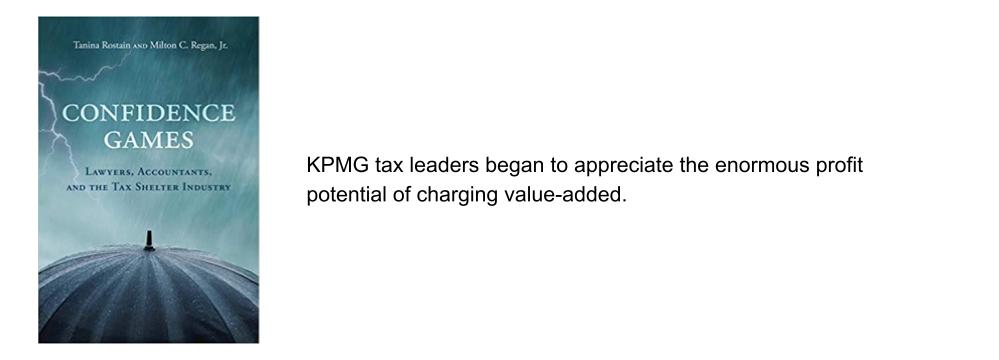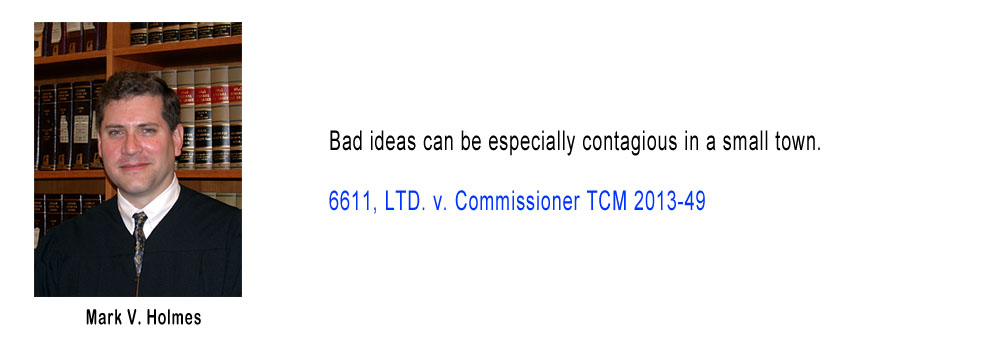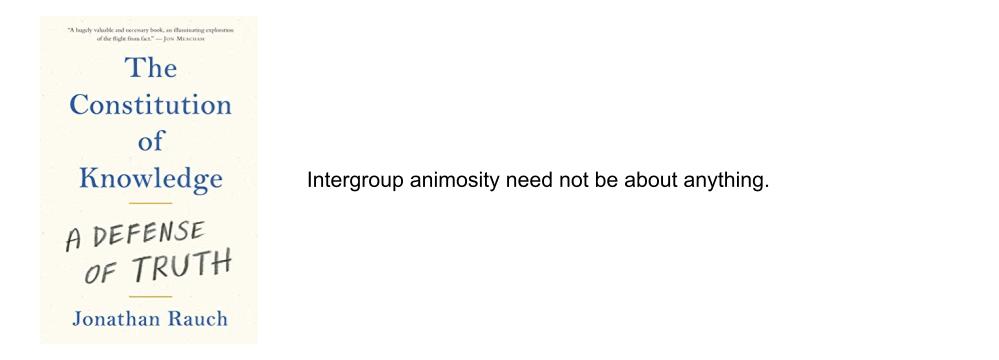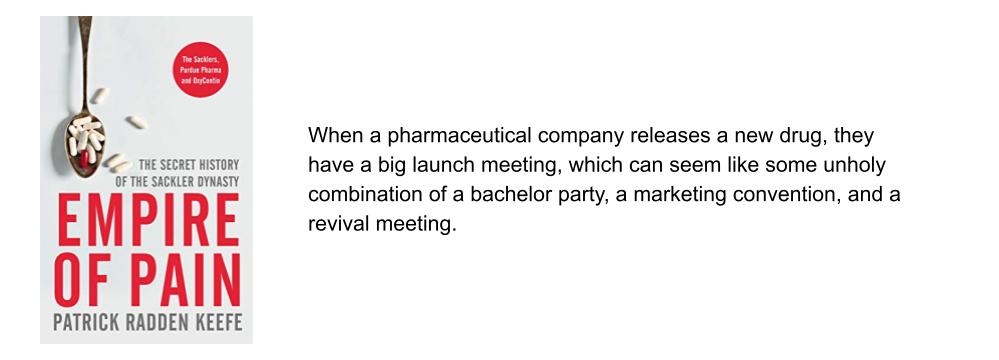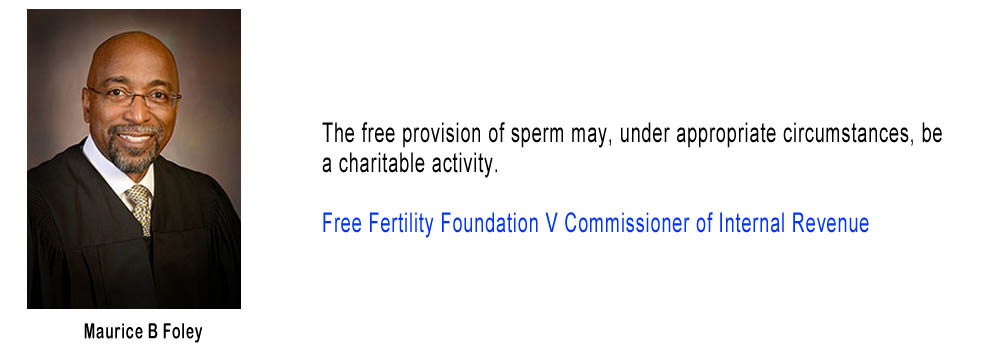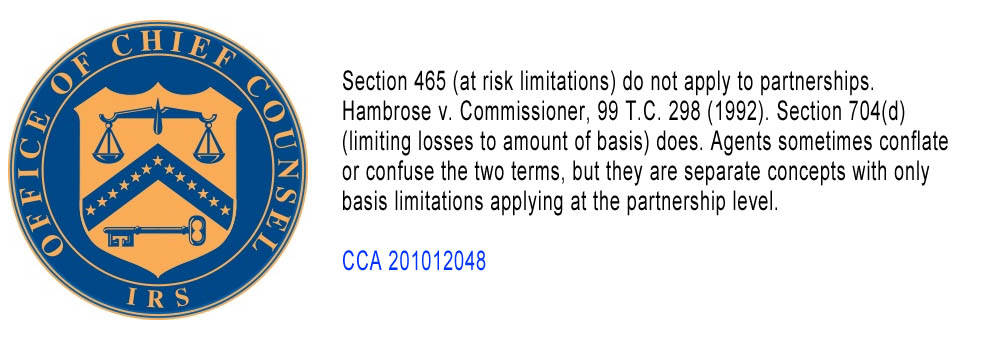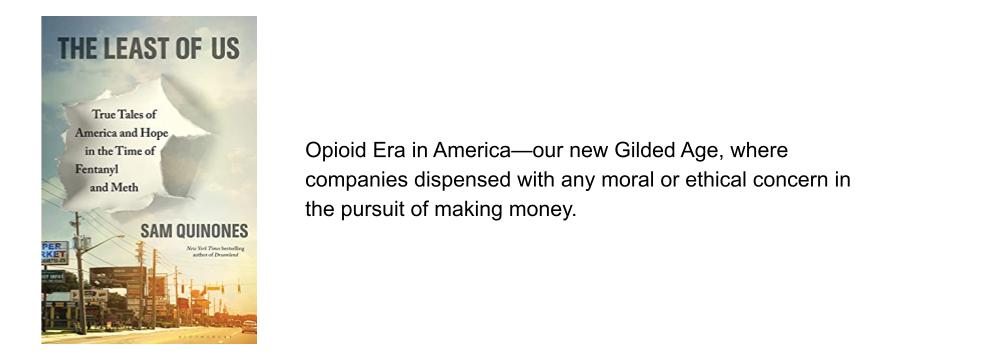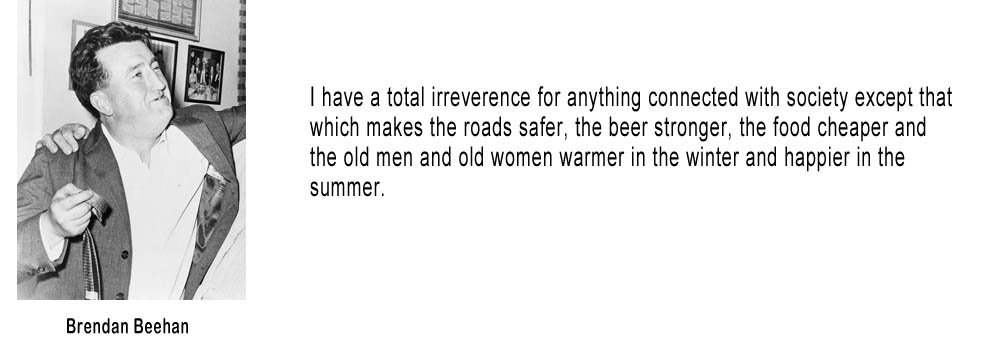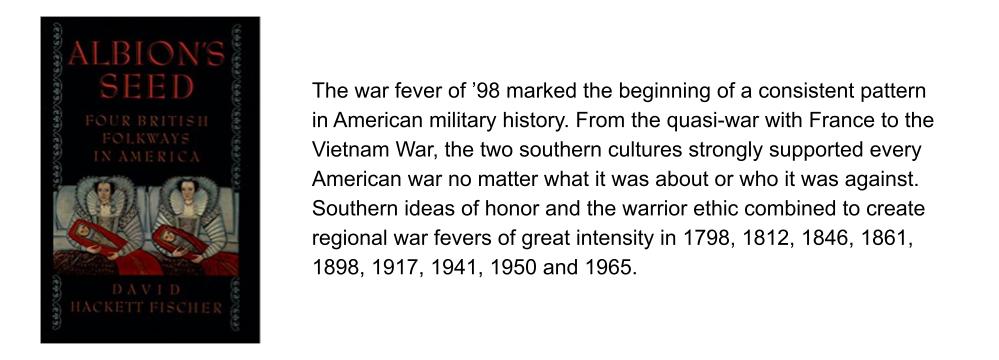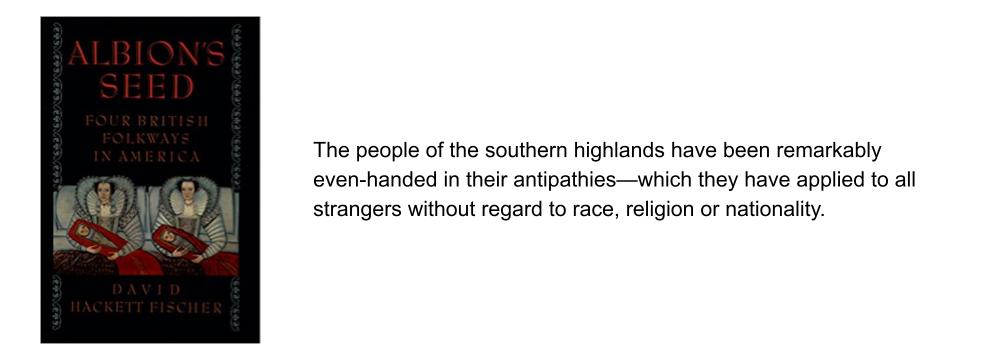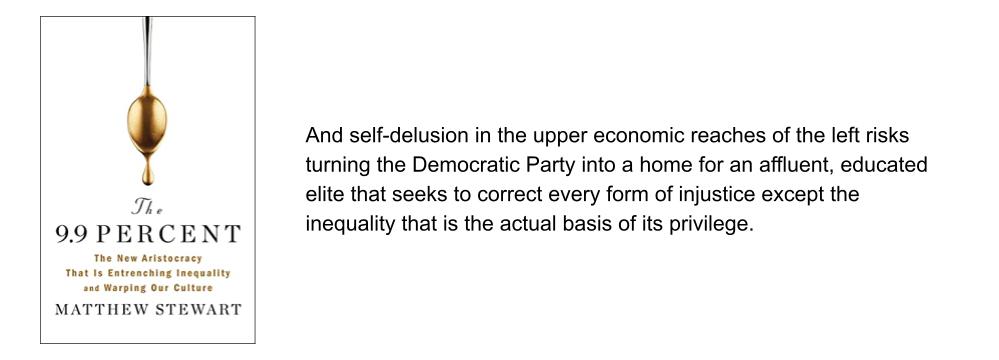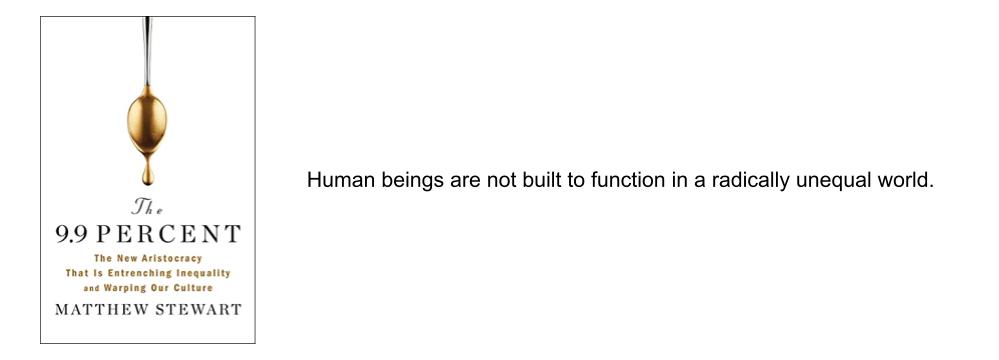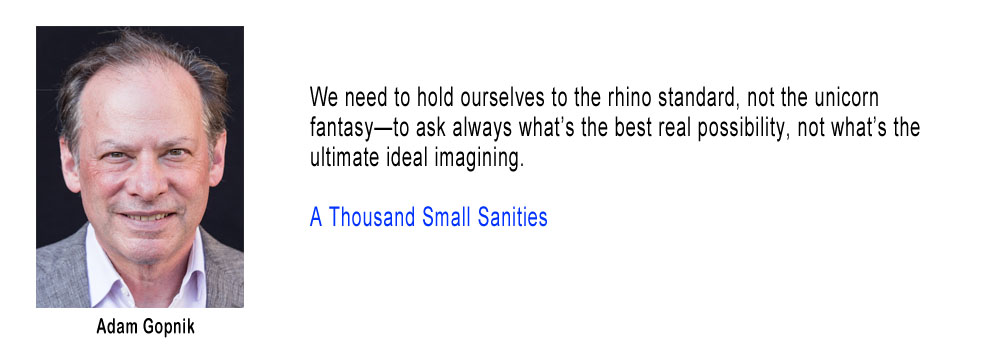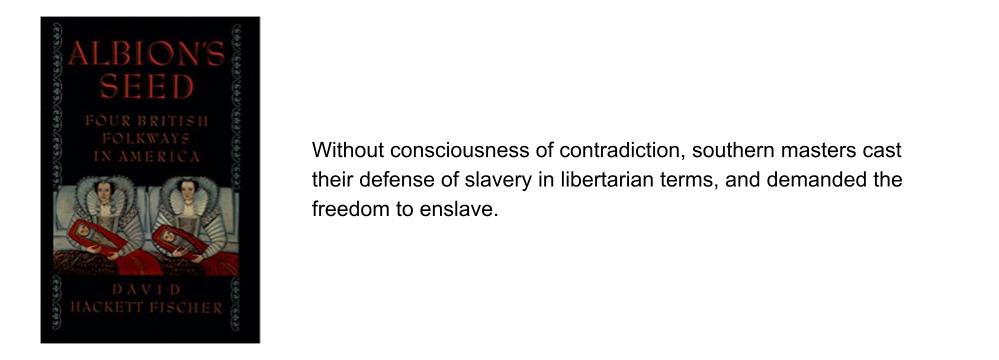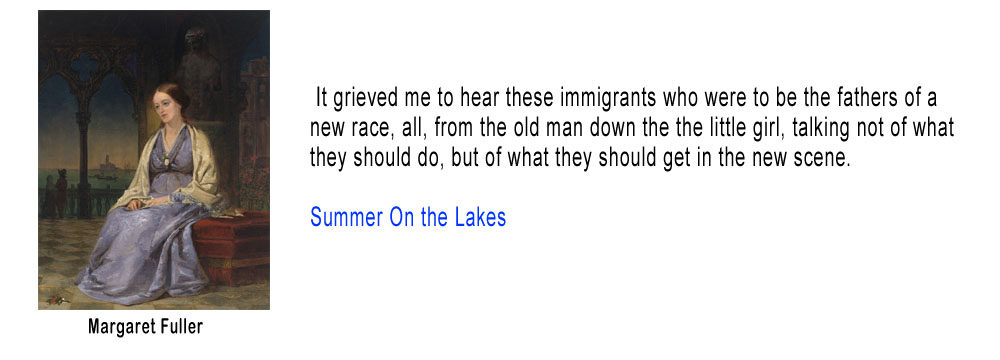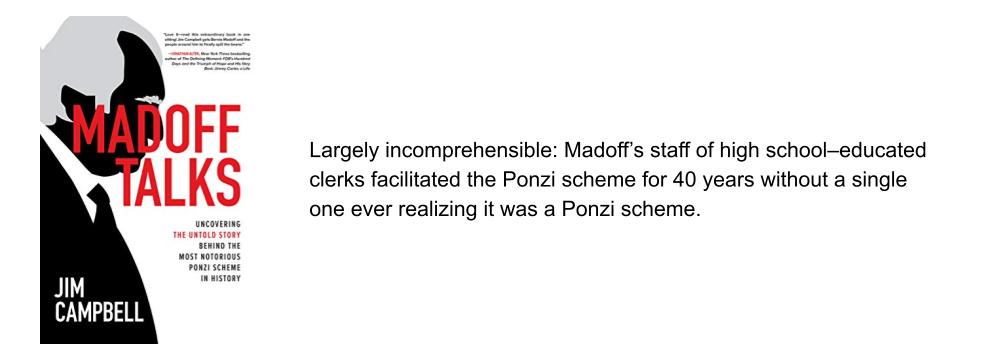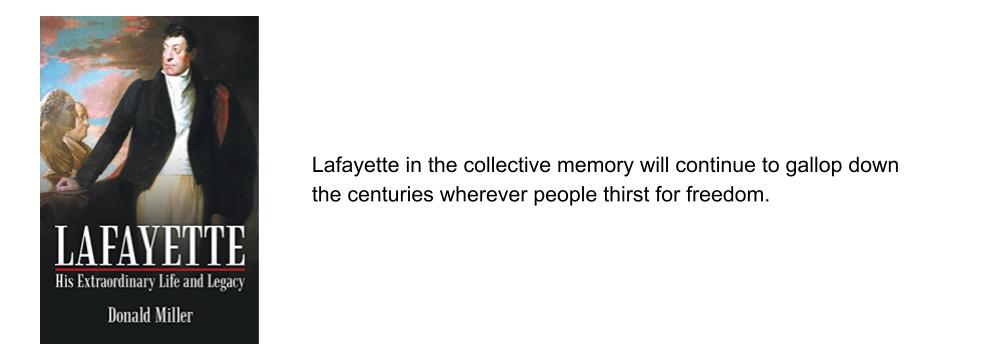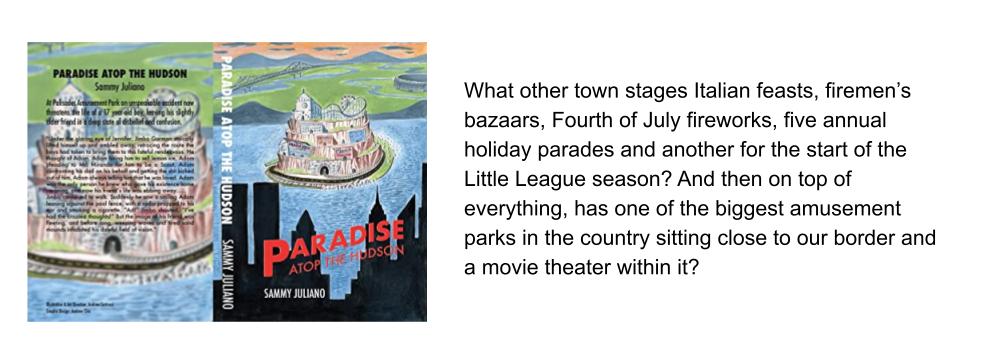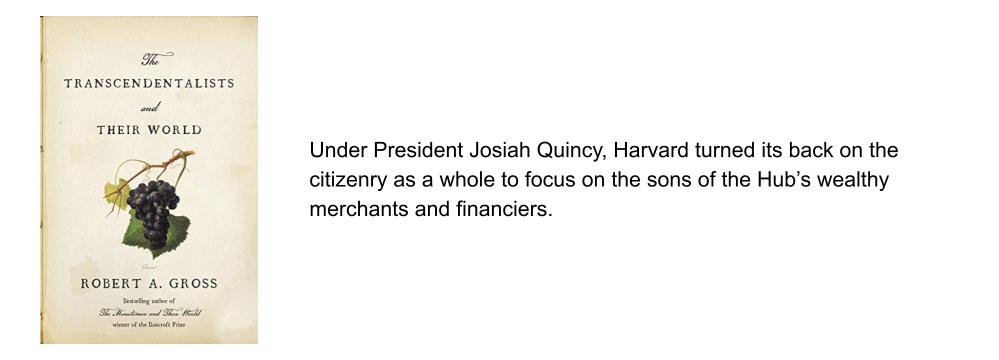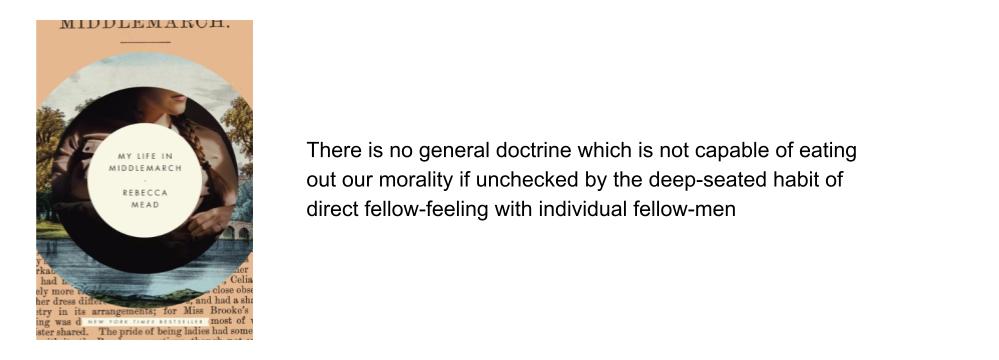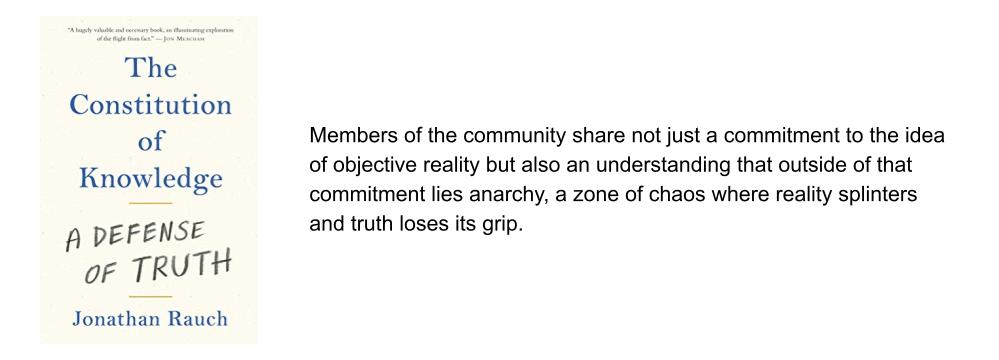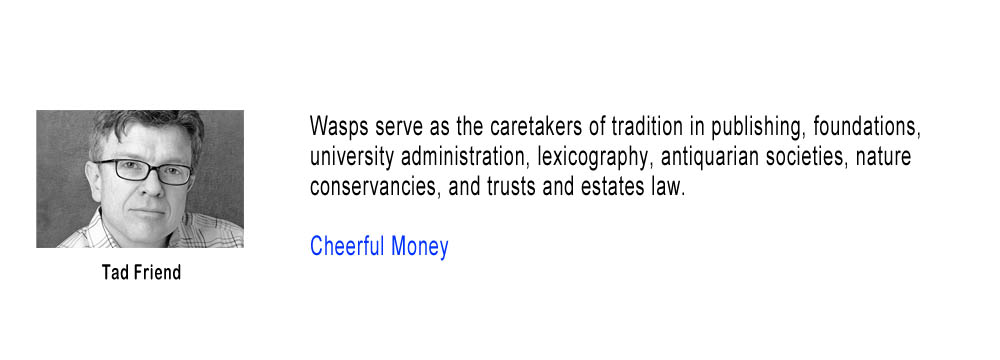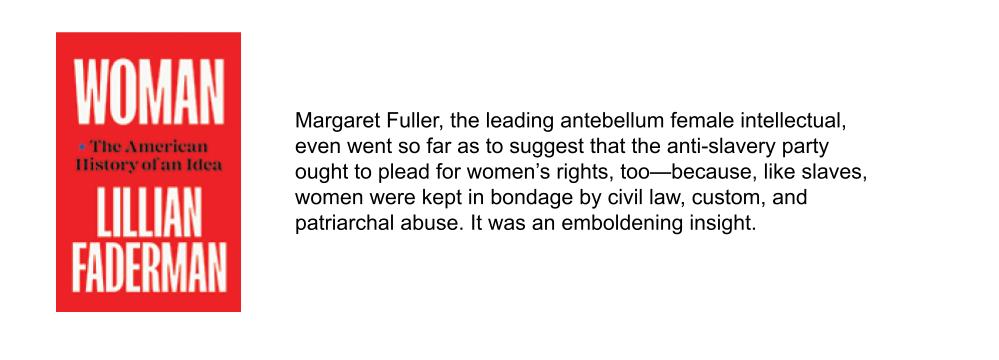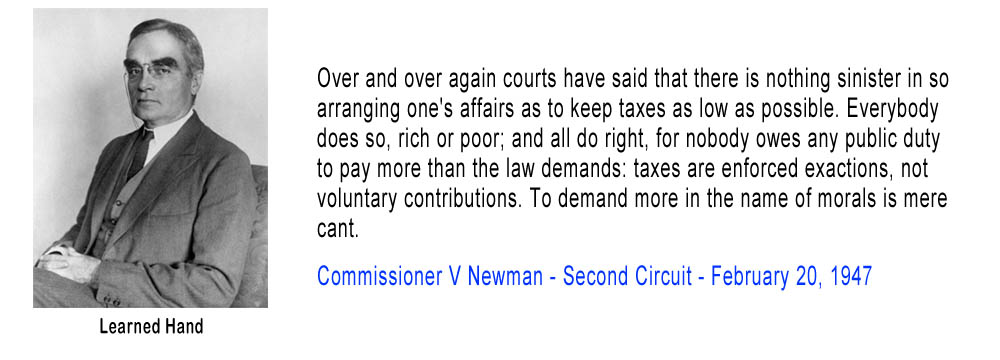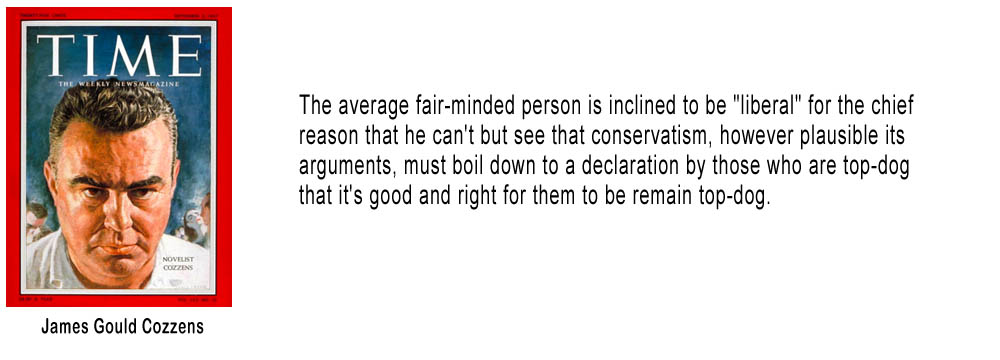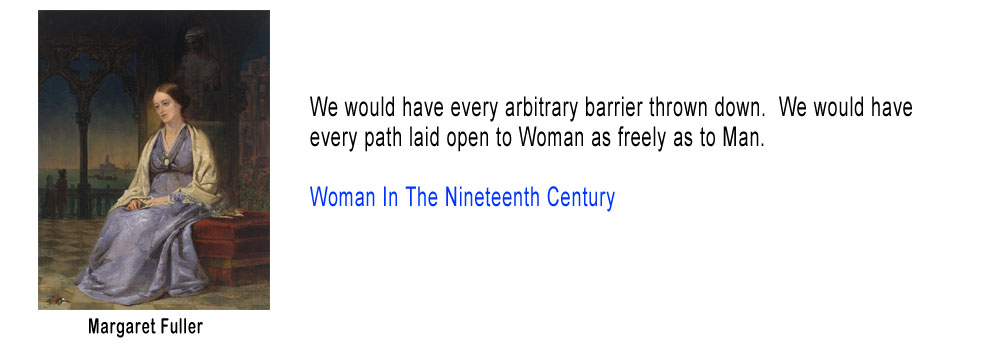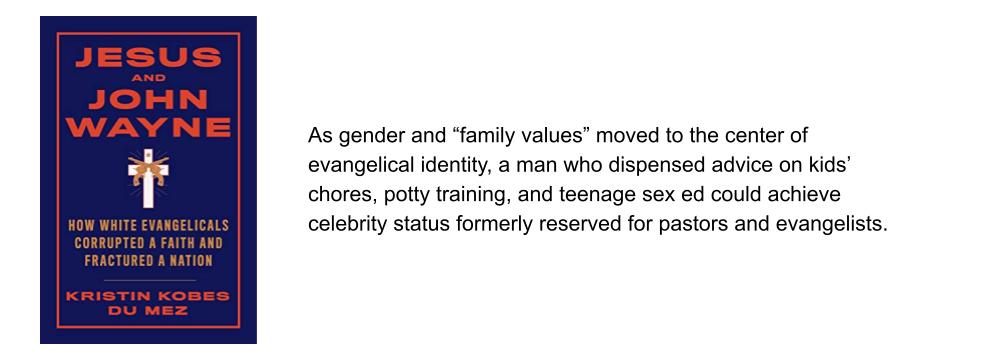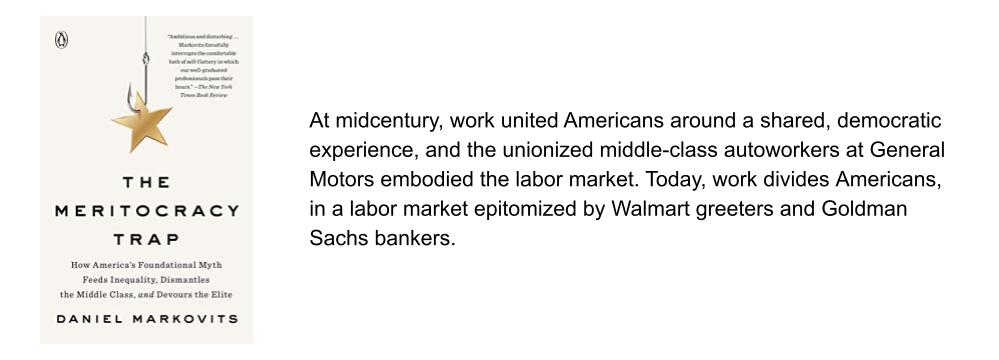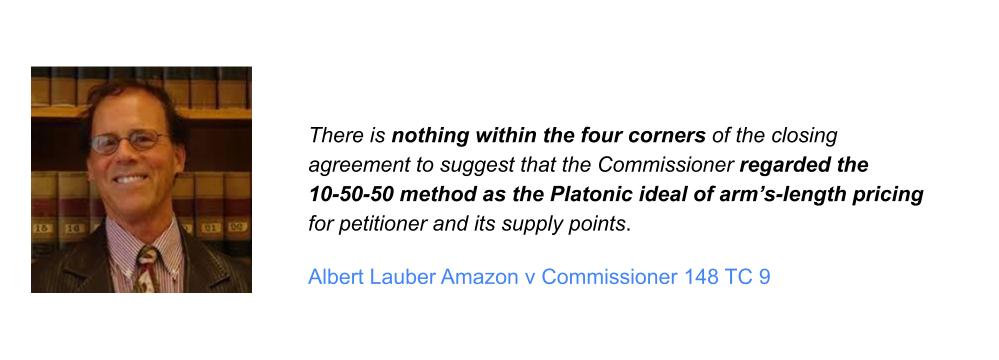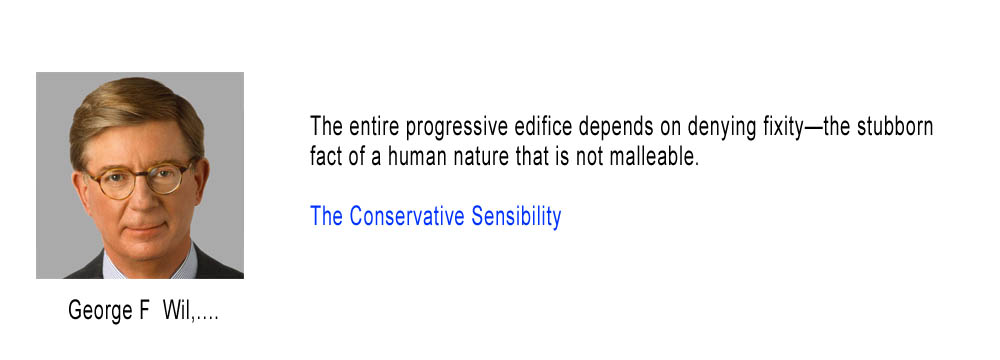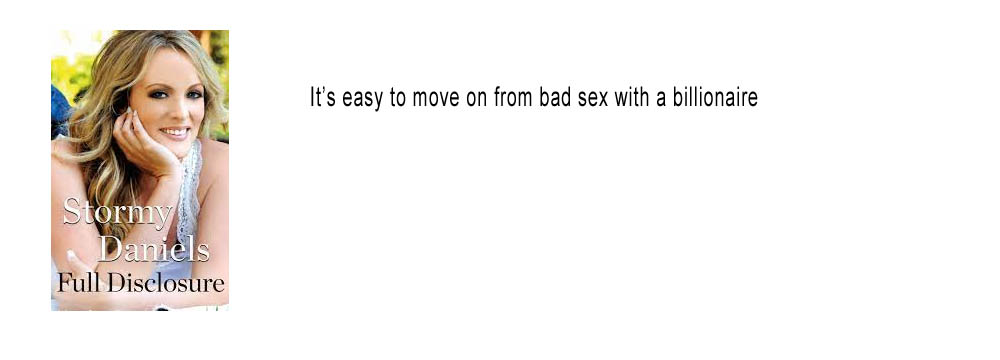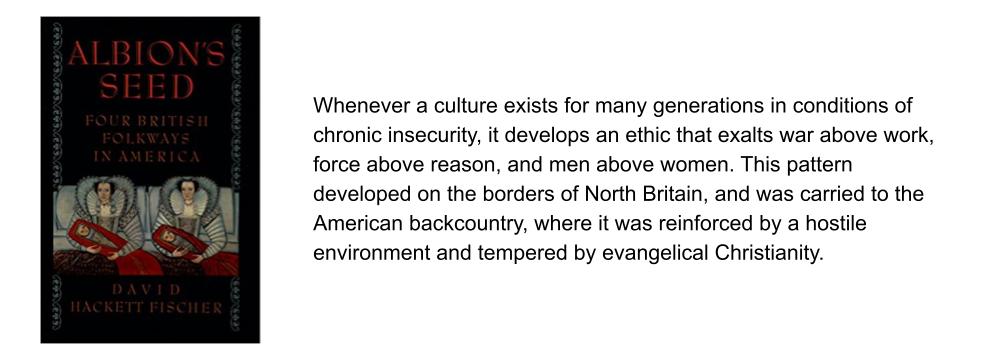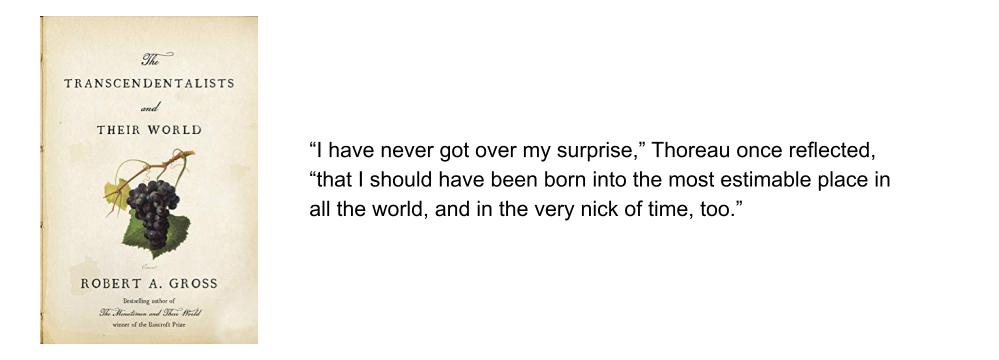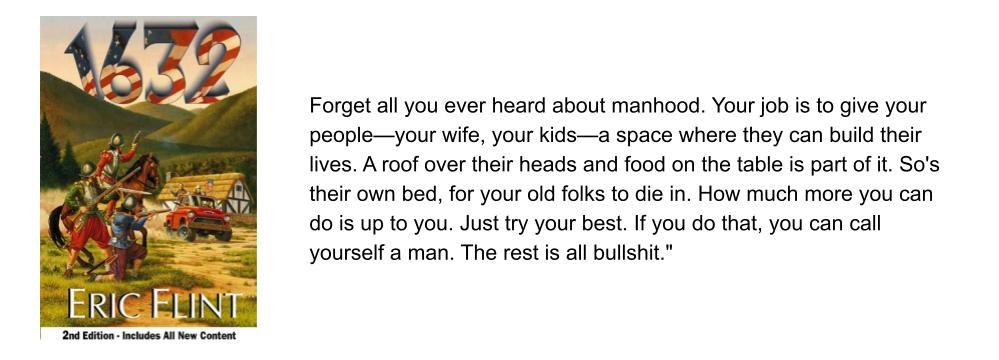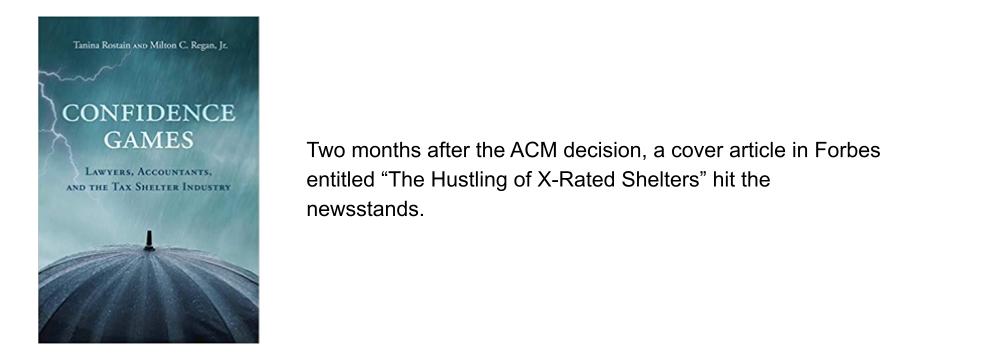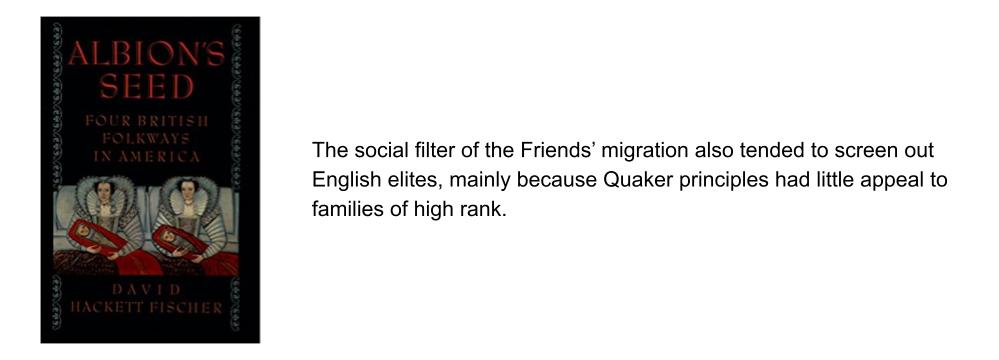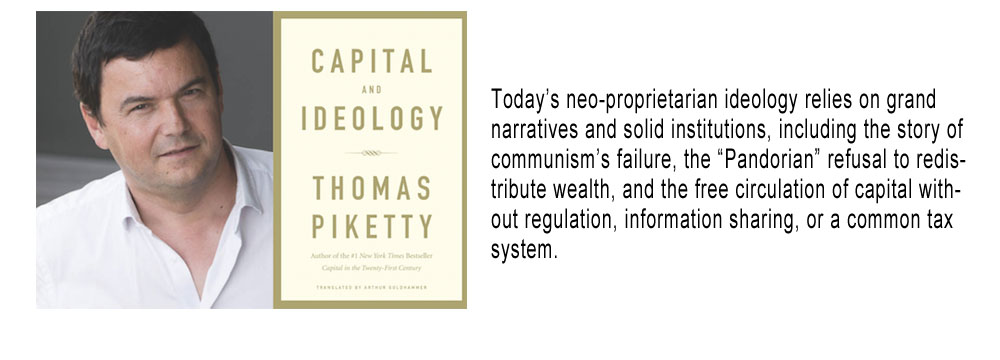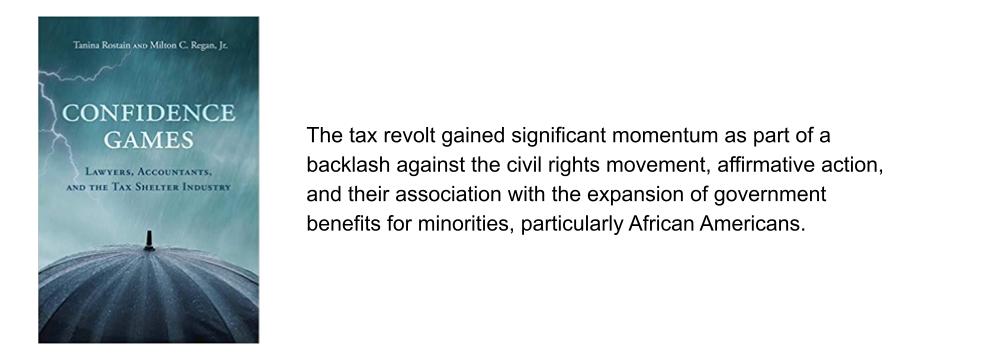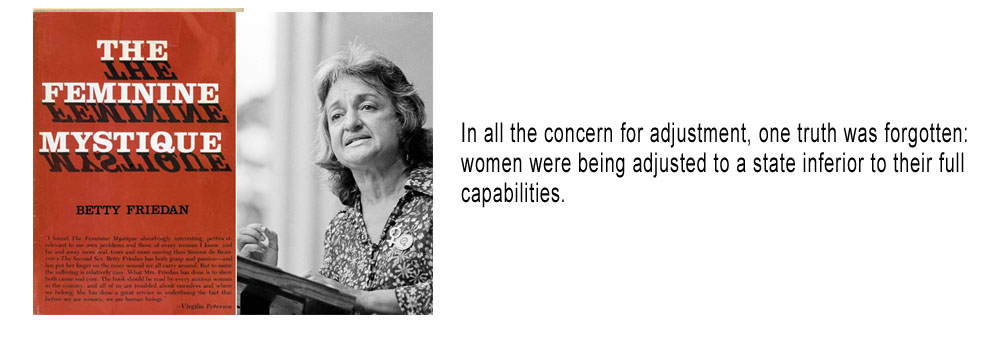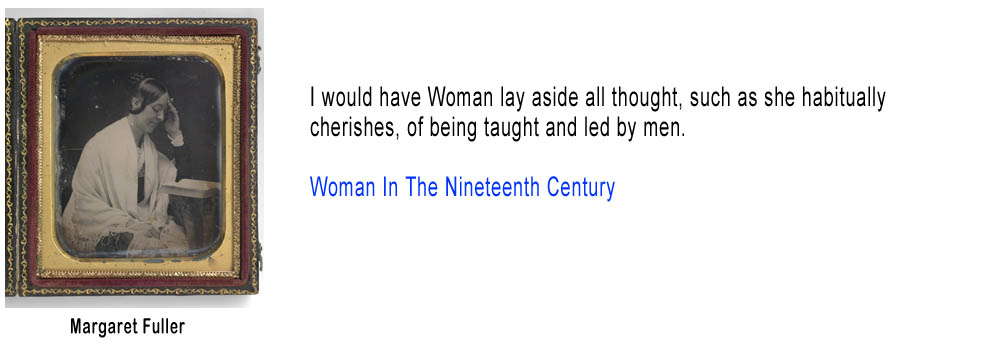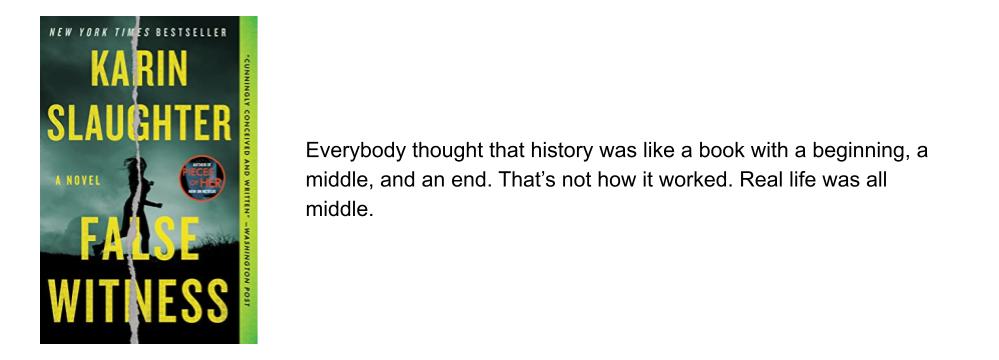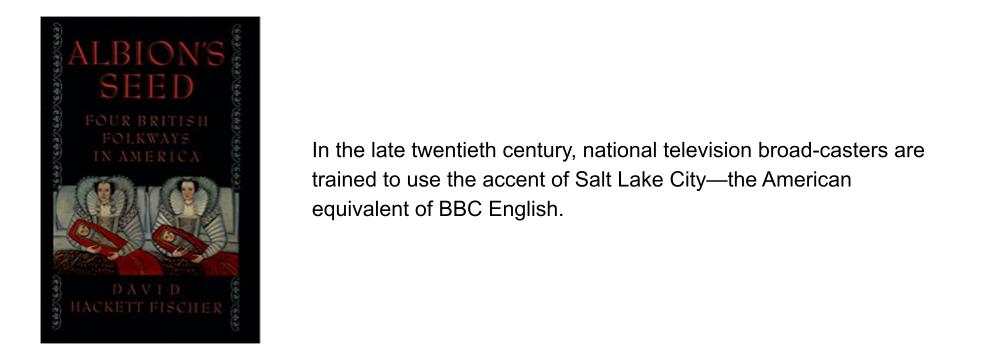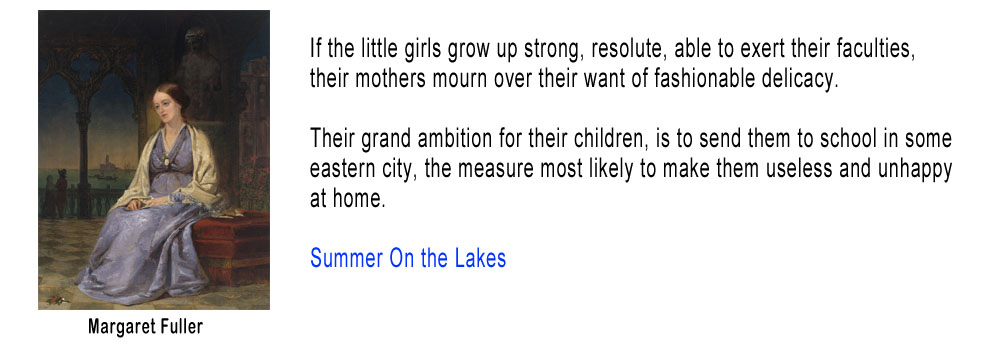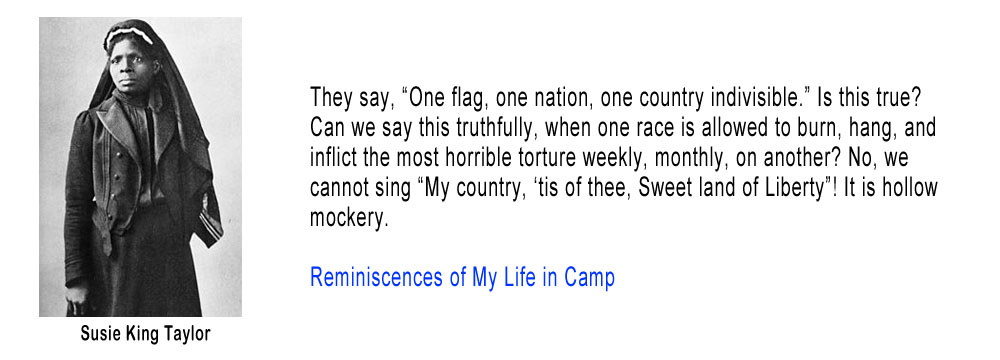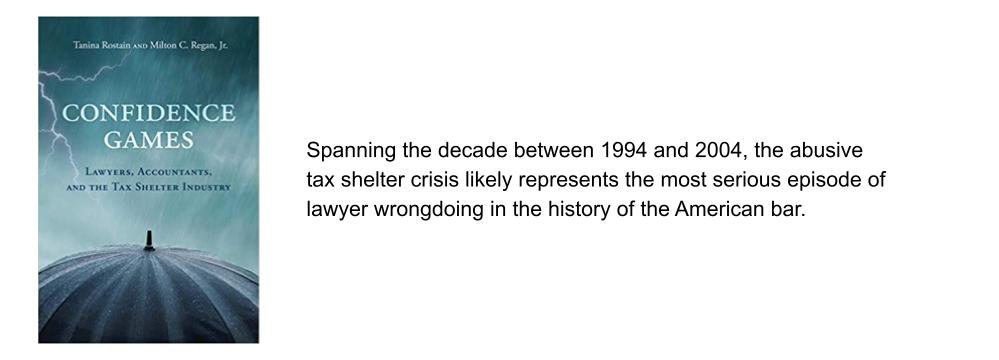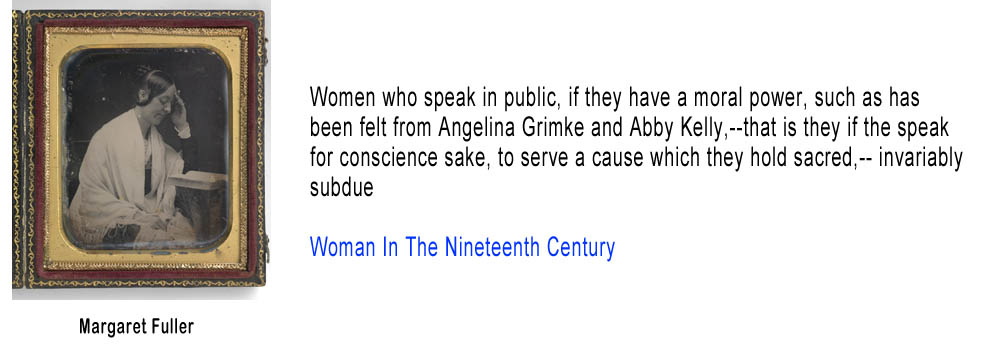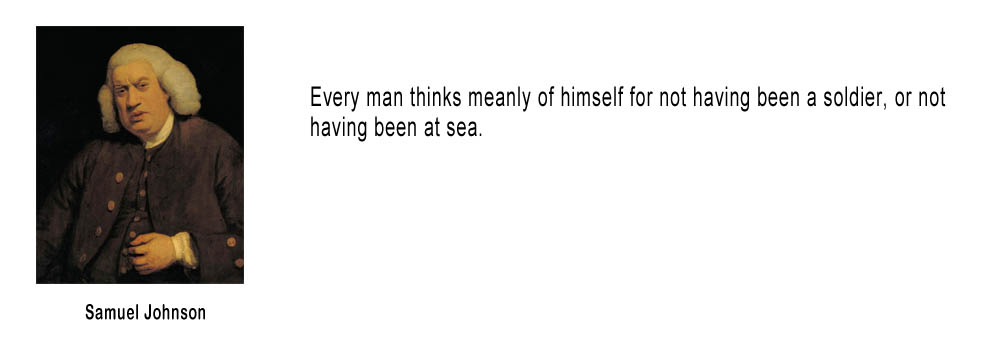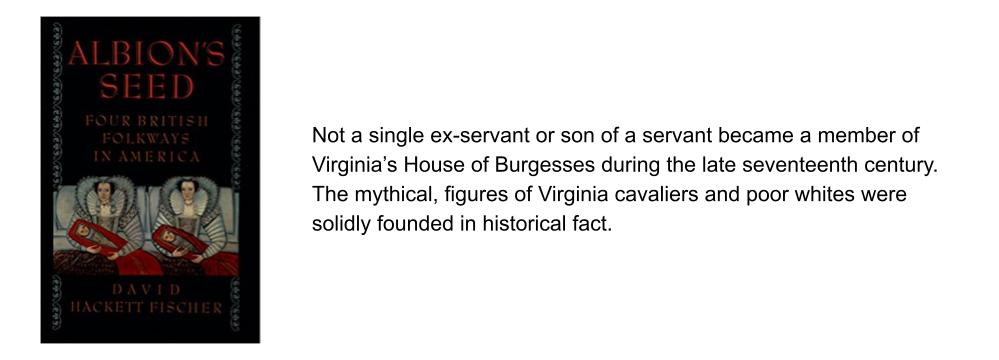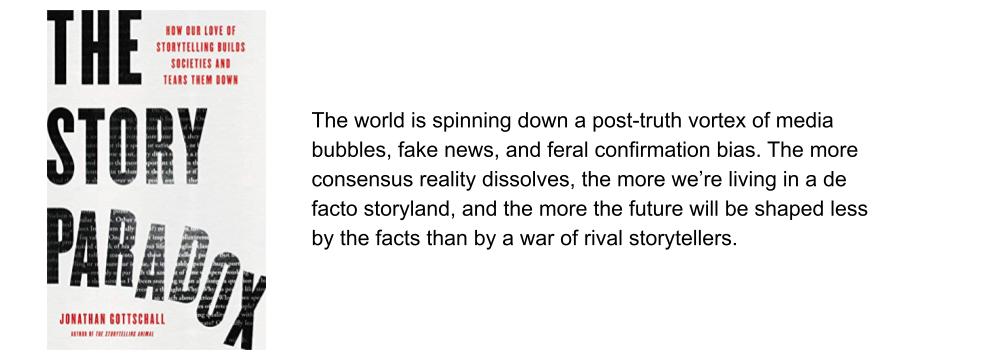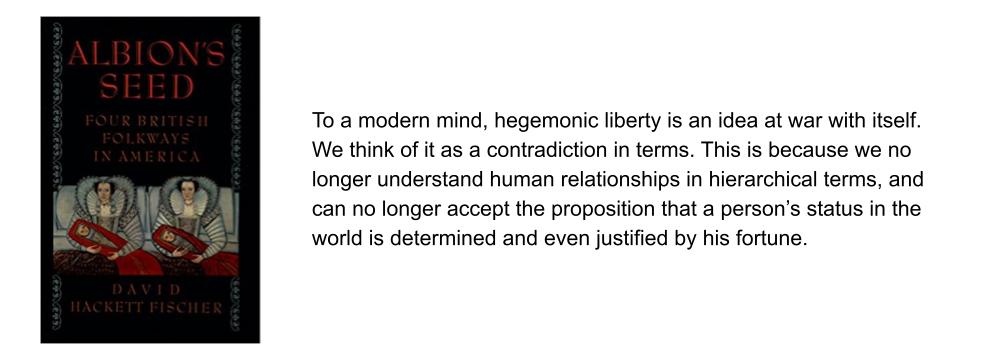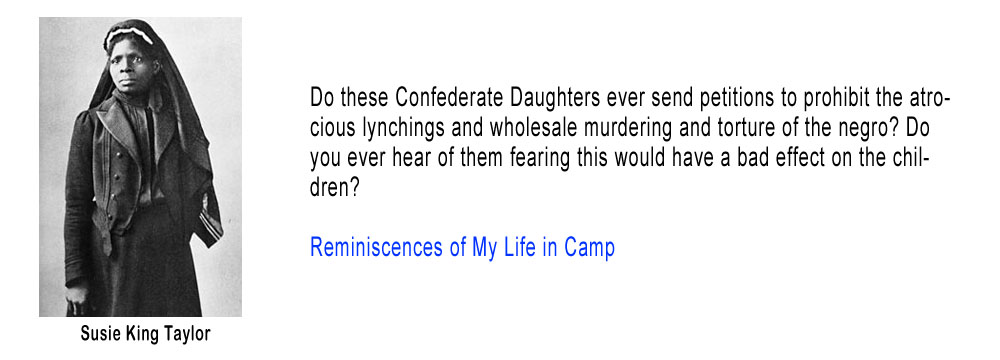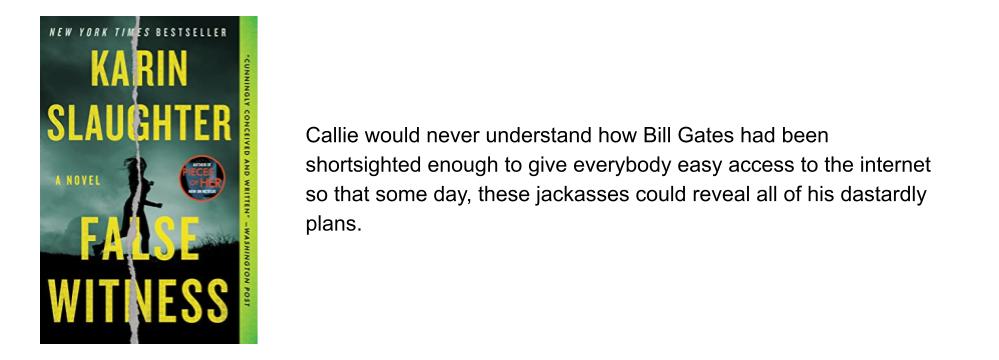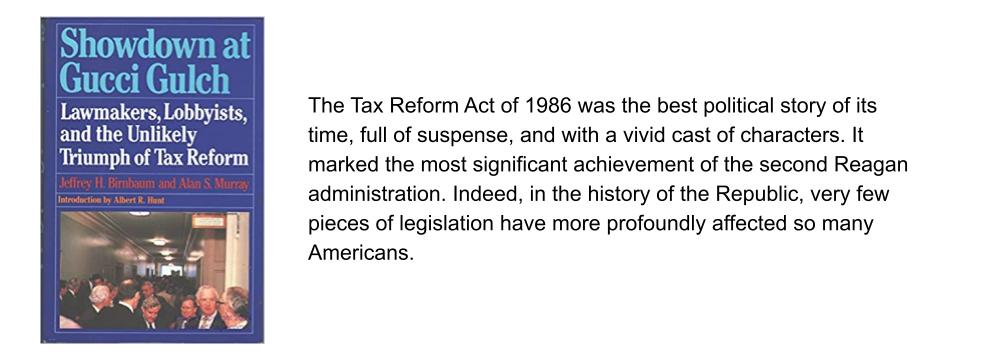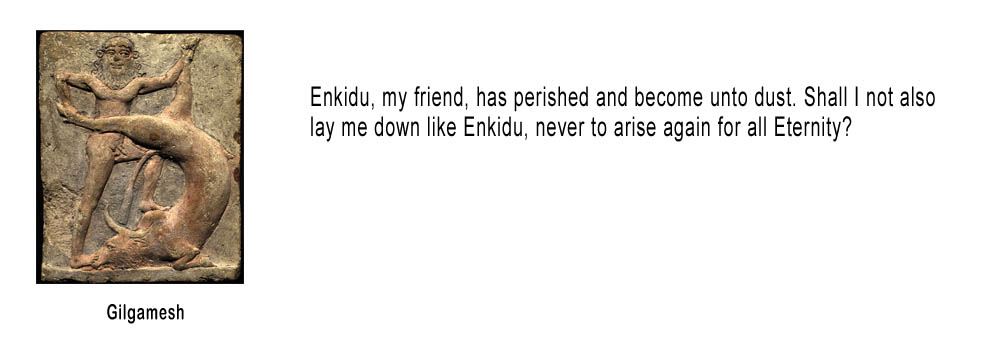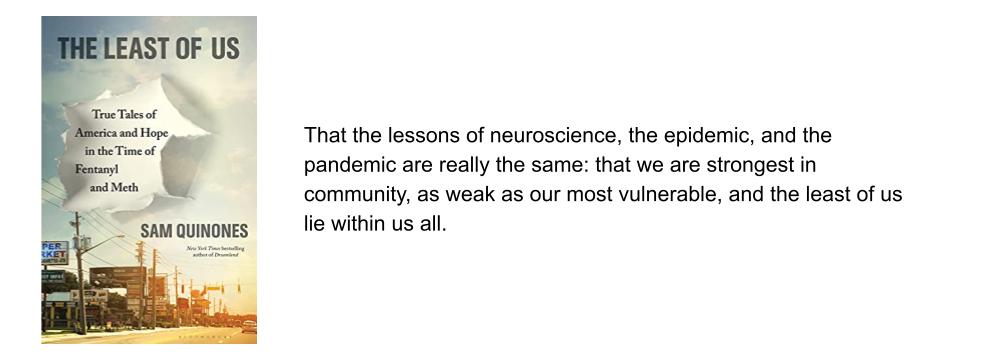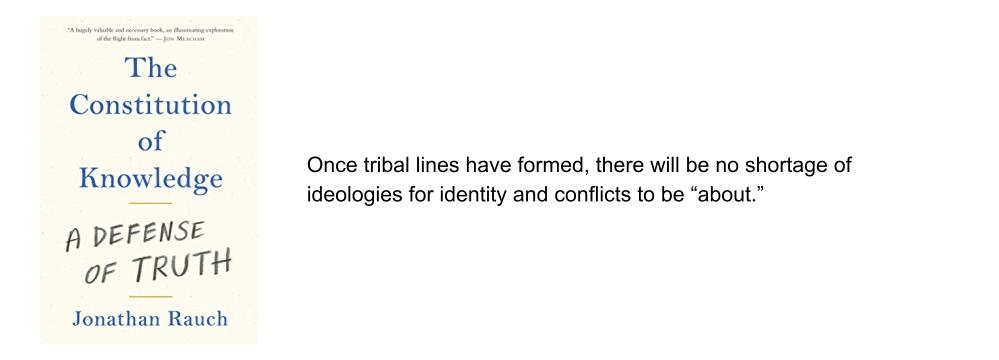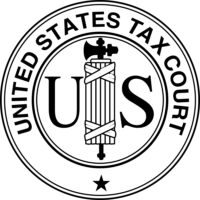Originally Published on forbes.com on April 6th, 2012
______________________________________
F. Lee Bailey was probably the most famous American criminal defense attorney of the second half of the twentieth century. His rise to fame commenced with the acquittal of Sam Sheppard, a physician convicted of murdering his wife in 1954. Bailey won Sheppard’s acquittal in a second trial in November 1966. He defended numerous high profile criminal defendants including newspaper heiress Patty Hearst, who was convicted of bank robbery and sentenced to 35 years in prison. Bailey’s last hurrah was as a member of the OJ Simpson “dream team” of defense attorneys. Bailey discredited prosecution witness Mark Fuhrman, who was exposed as lying about how often he used the “N word”.
Given all that, I can’t fault myself too much for thinking that Bailey’s recent appearance in Tax Court representing himself and resulting in a 143 page door stopper of an opinion was his first trial as a tax lawyer. On the other hand, it is an assumption fairly easy for me to check and it turns out I was wrong. Bailey shows up as the attorney in two tax decisions in 1966, the very year in which he won Dr. Sheppard’s acquittal. So how did he do ?
Representing Daniel Donovan in an appeal of a Tax Court decision to the First Circuit, he did not do well at all:
Taxpayer, in his income tax return, reported gambling winnings, and, at the trial, admitted to further winnings in an unstated amount. The court held that the Commissioner was entitled to tax the taxpayer’s entire reported gambling winnings. The burden of proving deductions is on the taxpayer. The court was not obliged to find that taxpayer’s estimated gambling losses, of which he kept no records, exceeded his additional unreported winnings.
That paragraph is not an excerpt from the decision. It is the entire decision. Bailey might have reflected on that in his own case. He actually won on a couple of at least moderately complex legal issues but he got absolutely creamed on substantiation. That one sentence “The burden of proving deductions is on the taxpayer” is something that Bailey should have remembered.
The other 1966 tax case, which was in Tax Court (F. Payson Todd, TC Memo 1966-212) was rather more complicated and ended up being a split decision. Payson, who wrote an investment newsletter, had received 2,000 shares of stock in a mining company for helping them arrange the sale of some ore. The stock was worth over $30,000, which was a lot of money in 1956. He had not reported it. In 1957, he received another 2,000 shares. His newsletter began pumping the stock and between 1956 and 1957, he bought 17,000 shares for less than the stock was trading for. The Tax Court ruled that he was taxable on the 4,000 shares he received for free, but not on the bargain purchases.
Bailey shows up in a couple of other tax cases after that. I have compiled the complete record here. So Bailey tried his hand at tax law and then won a very high profile criminal trial and moved on. One wonders what would have happened if Sam Sheppard had been reconvicted ?
You can follow me on twitter @peterreillycpa.
